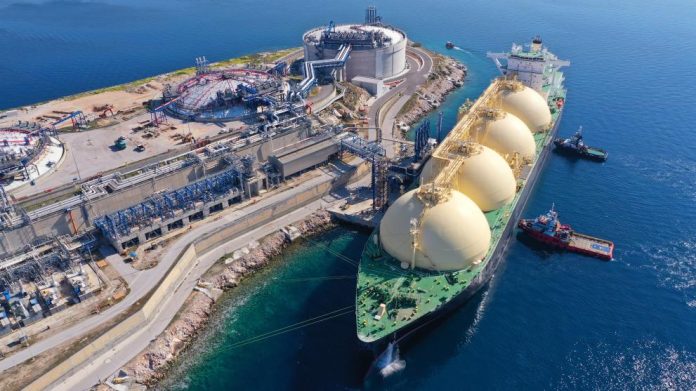European LNG buyers fail to significant attract more deliveries although prices were much higher in the first week of 2025 than early last year. “There is a stickiness in LNG trade flows to Asia,” Energy Aspects said, referring to structural demand growth and heavy demand for spot cargoes from less price-sensitive markets like Japan and South Korea.
Analysts at the London-based consultancy found that Asian LNG demand has so far only been growing by 6.0 million tons year-on year y in 2025, which is down from 16.1 Mt growth last year. But Europe still stays very reliant on the increments in global LNG supply to meet its minimum storage targets by end-October.
A price-sensitivity analysis on how much Asian gas markets can call on spot and divertible supply at different price levels, found that at $10–20 per MMBtu, a $1/MMBtu rise, equal to €3.24/MWh, in TTF prices only weakens non-European demand by 0.89 million tons per annum (mtpa).
“European prices are already near the top of the coal-to-gas fuel-switching range and we already expect Europe to just meet its storage targets, so a market tightening of 5 bcm (for example, from cold weather in Europe and Asia over Q1-25) could propel TTF prices up by around €13.50/MWh,” analysts commented.
Quick drawdown on inventories
Europe entered January with gas inventories at just 79.2 bcm, or 73% full – a decrease by 15.3 bcm y/y which makes it difficult to rebuilt stocks before the end of the gas year in October.
The fast-paced drawdown during the months of November and December 2024 had a substantial impact, considering lower Russian pipeline gas deliveries were not sufficiently offset by higher LNG deliveries and low demand. The stockdraw amounted to 25 bcm over the past two months, while Russian pipeline gas deliveries were 5.3 bcm, down from the five-year average of 18.2 bcm, while LNG receipts were up marginally to 22.6 bcm.
Analysts project Europe stocks to hit around 40 bcm (37% full) by end-March, anticipating further reductions in Russian pipeline gas supply through the first quarter of 2025 and gradually rising gas demand.

